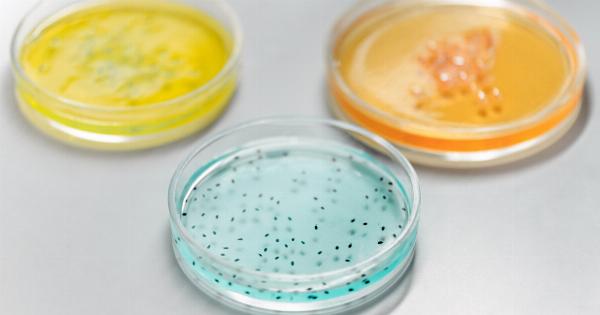Early menopause, also known as premature menopause or premature ovarian insufficiency (POI), refers to the cessation of menstrual periods before the age of 40.
It occurs when a woman’s ovaries stop producing normal levels of reproductive hormones, including estrogen and progesterone. Menopause is a natural part of the aging process for women, typically occurring between the ages of 45 and 55. However, early menopause can have significant health implications and may increase the risk of various conditions.
Causes and Symptoms of Early Menopause
Early menopause can occur due to several reasons, including genetic factors, certain medical conditions, and lifestyle choices.
However, one emerging area of research suggests that exposure to hazardous chemicals may play a role in early menopause development.
Link Between Hazardous Chemicals and Early Menopause
A growing body of evidence suggests that exposure to hazardous chemicals in our environment can disrupt the normal functioning of the female reproductive system.
These chemicals, known as endocrine disruptors, can mimic or interfere with the natural hormones in our bodies, including estrogen and progesterone.
Chemicals Found in Everyday Products
Endocrine-disrupting chemicals can be found in various everyday products, such as plastics, personal care products, cleaning agents, and even in our food and water.
Some commonly encountered chemicals that have been associated with early menopause include:.
- Bisphenol A (BPA)
- Phthalates
- Polychlorinated biphenyls (PCBs)
- Dioxins
- Per- and polyfluoroalkyl substances (PFAS)
- Organophosphate pesticides
Research Findings
Several studies have investigated the association between exposure to these hazardous chemicals and the risk of early menopause.
One study published in the journal Environmental Health Perspectives found that women with higher urinary concentrations of phthalates, commonly found in plastic products, had an increased risk of early menopause. Similarly, another study conducted in the United States reported an association between the presence of PFAS in the blood and earlier age at menopause.
Potential Mechanisms
Endocrine-disrupting chemicals can interfere with hormone production, regulation, and signaling, leading to disruptions in the menstrual cycle and, ultimately, early menopause.
These chemicals can alter the development, maturation, and function of ovarian follicles, which are responsible for releasing eggs each month. Additionally, they can accelerate the natural aging process of the ovaries, leading to their premature decline and exhaustion of the egg supply.
Implications and Health Risks
Early menopause is not just a matter of reproductive concern but also has significant health implications. Women who experience early menopause are at a greater risk of developing various health conditions, including:.
- Osteoporosis
- Heart disease
- Neurological disorders
- Psychological disorders, such as depression and anxiety
- Cognitive decline and dementia
- Infertility
The long-term consequences of early menopause make it an issue of public health concern, highlighting the importance of understanding and addressing the potential role of hazardous chemicals in its development.
Prevention and Regulation
Reducing exposure to hazardous chemicals can help mitigate the risk of early menopause. Some strategies include:.
- Use of BPA-free plastics
- Limiting the use of personal care products containing phthalates
- Choosing organic foods to reduce pesticide exposure
- Installing water filters to reduce exposure to chemicals like PFAS
- Supporting regulations and policies that limit the use of endocrine-disrupting chemicals
Conclusion
Early menopause, characterized by a cessation of menstrual periods before the age of 40, can have profound effects on a woman’s health.
While genetic factors and medical conditions can contribute to early menopause, emerging research suggests that exposure to hazardous chemicals may also play a role. Endocrine-disrupting chemicals, such as BPA, phthalates, and PFAS, can interfere with the normal functioning of the reproductive system and increase the risk of early menopause.
Understanding these associations is crucial for public health, regulation, and implementing preventive measures to reduce exposure to these harmful substances.






























